Started low FODMAP diet, need to avoid foods causing tummy trouble. Hard remembering which foods are okay and which are not. Need a simple guide for grocery shopping and meal planning. Solution seems to be a handy, printable list.
We came up with handy printables for the FODMAPs elimination diet, making it simple to keep track of foods to avoid and those safe to eat. These charts list food categories clearly, helping spot what works best for managing symptoms. It's a good tool to start understanding the body's reactions to different foods. Sharing this with a dietitian or doctor can also enhance the journey towards a healthier gut.
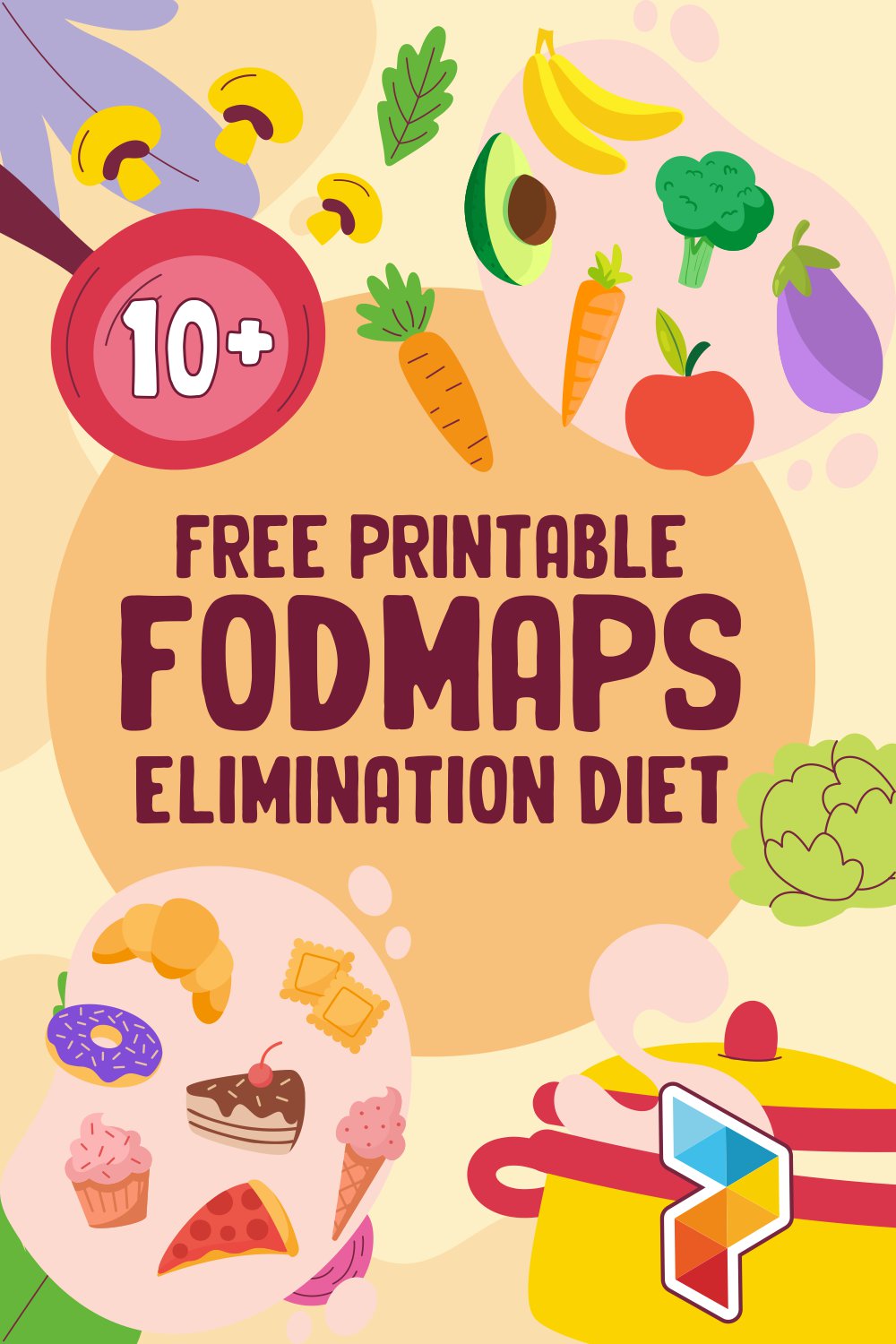
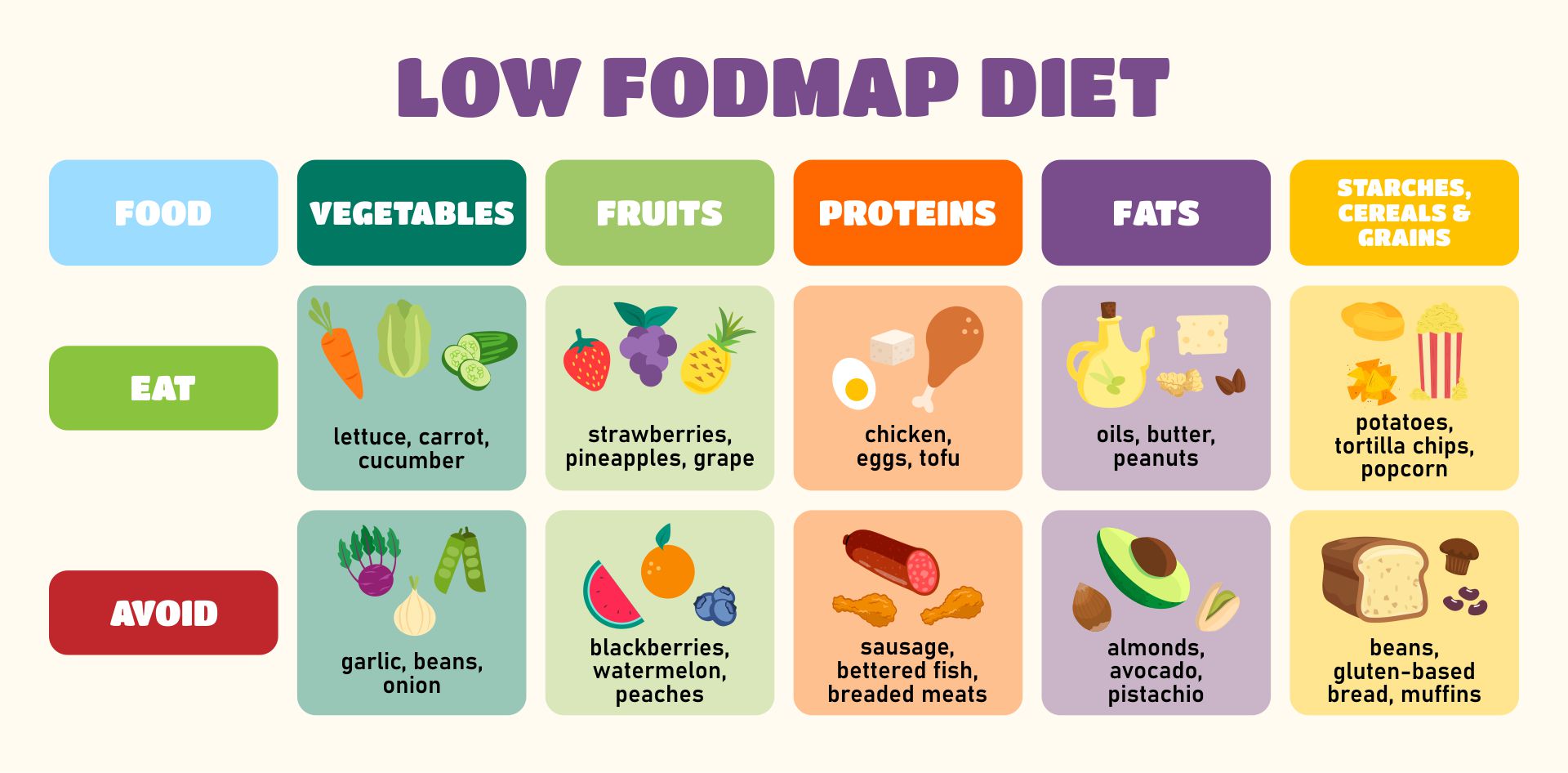
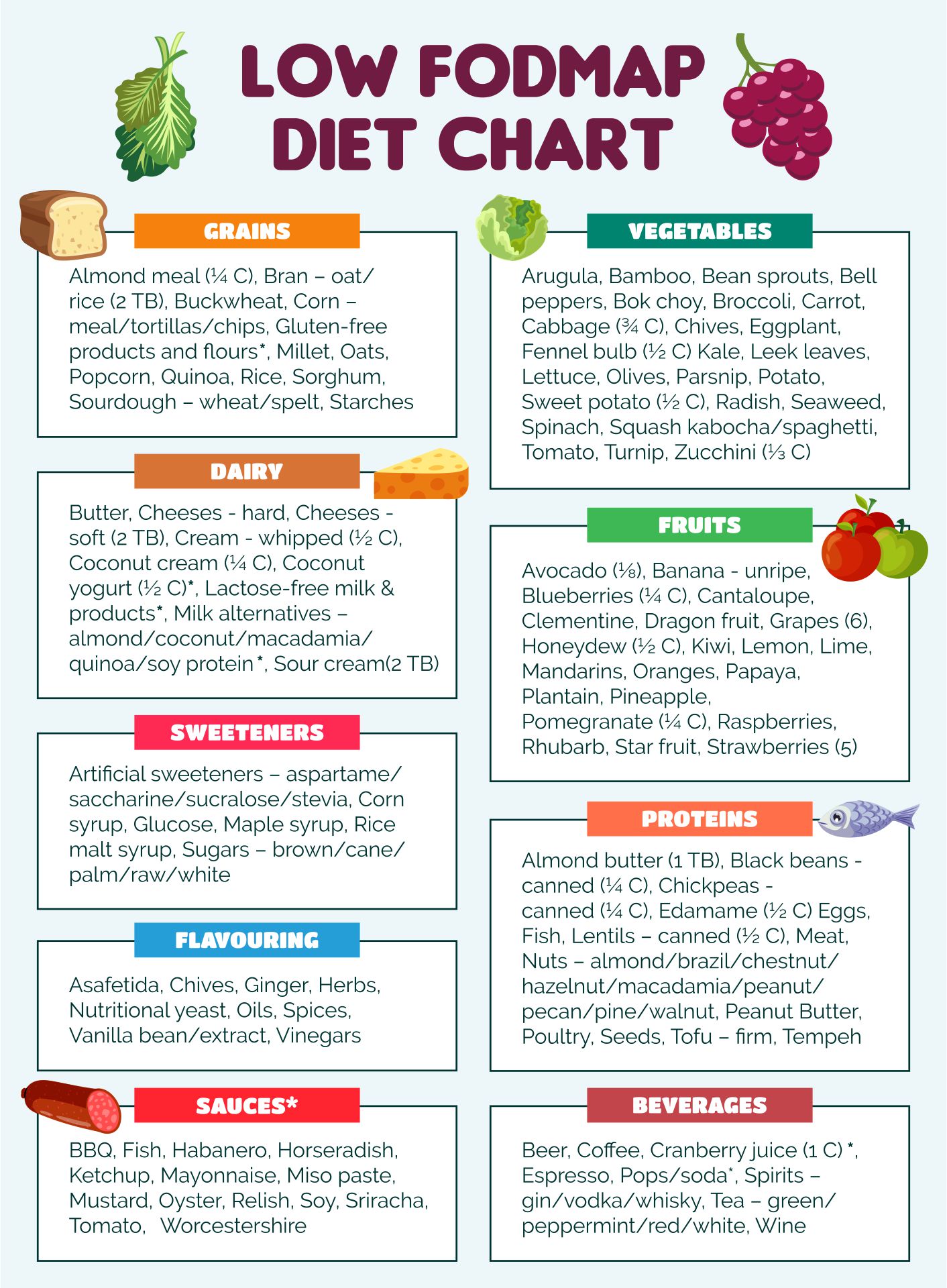
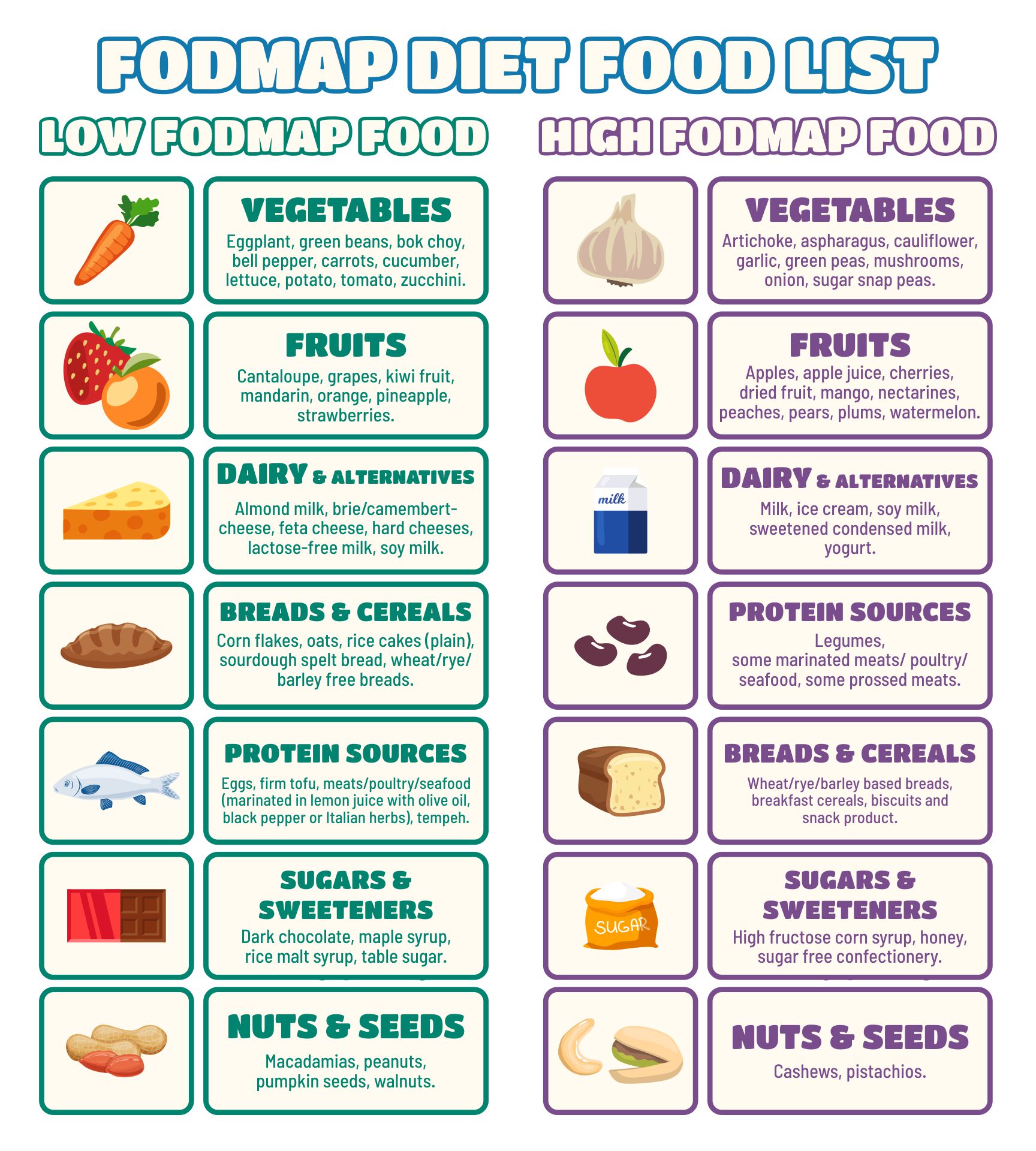
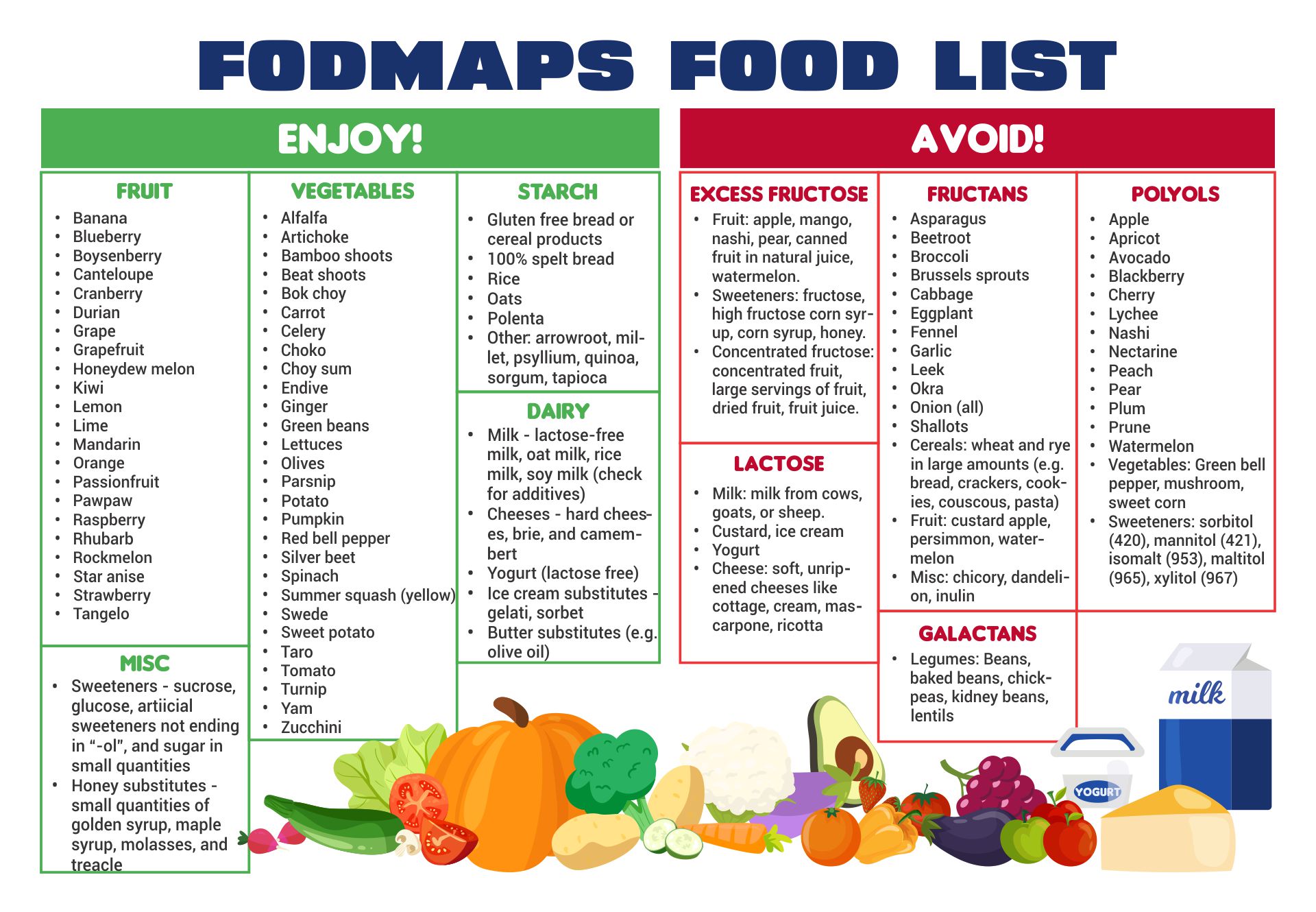
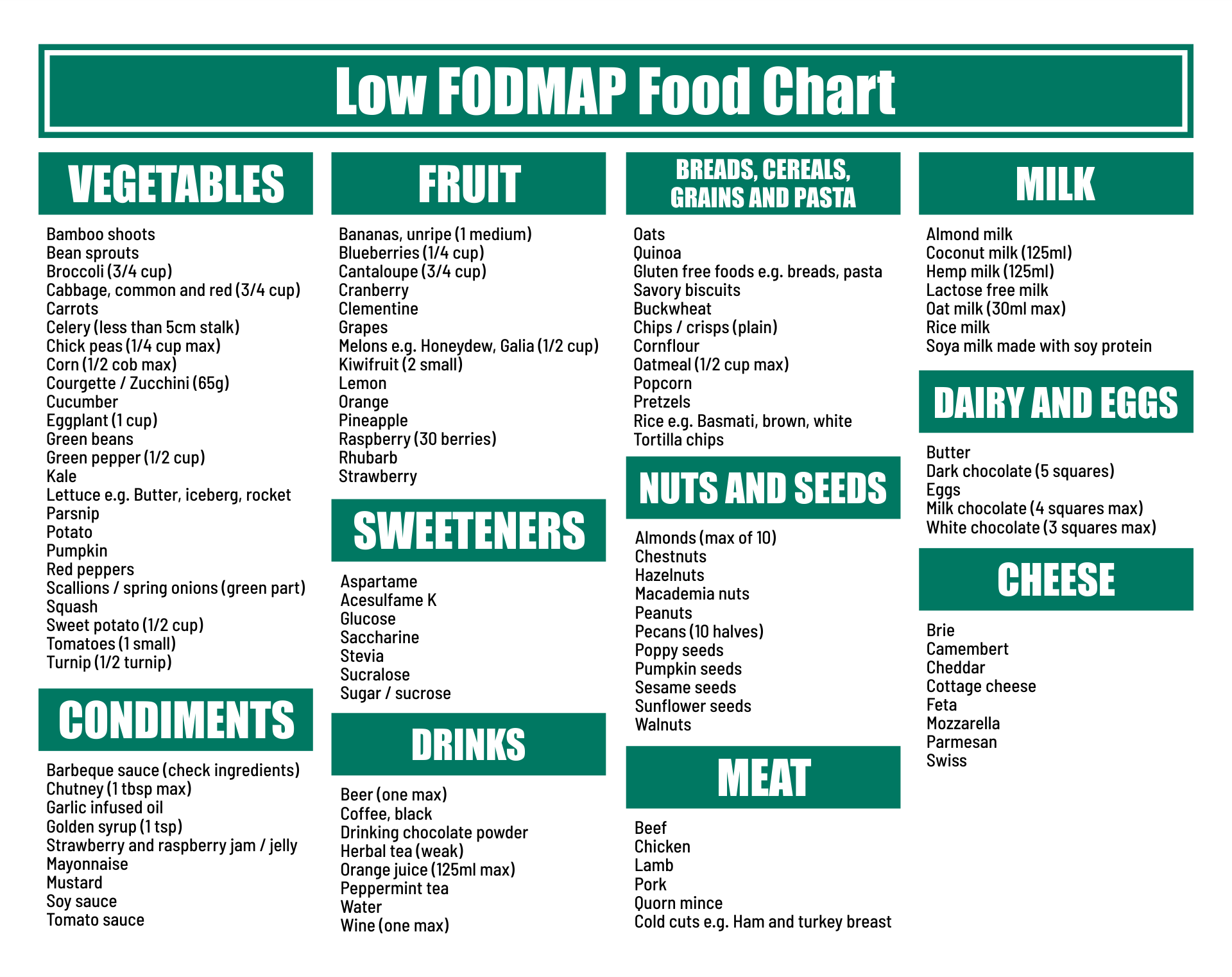
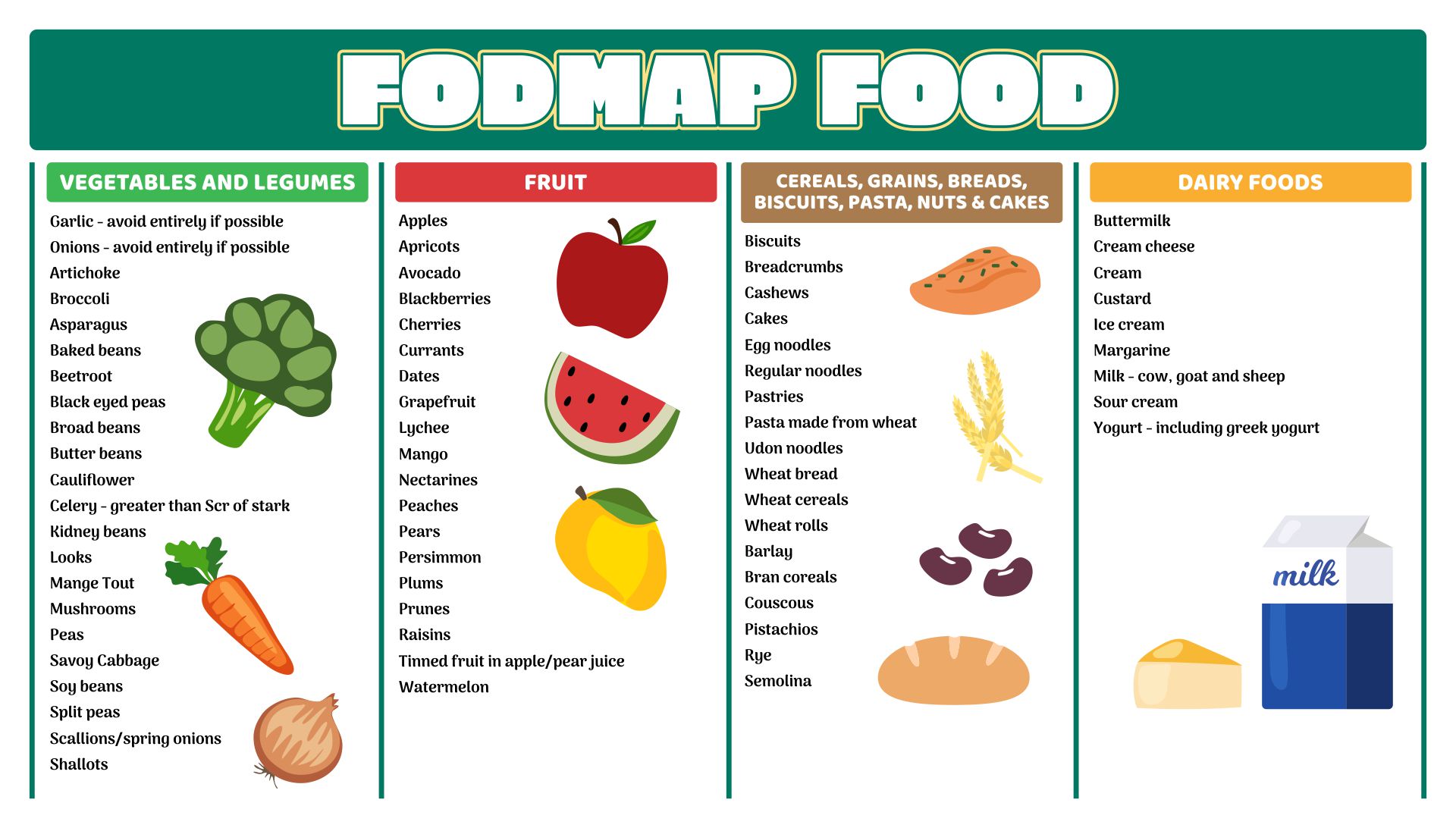
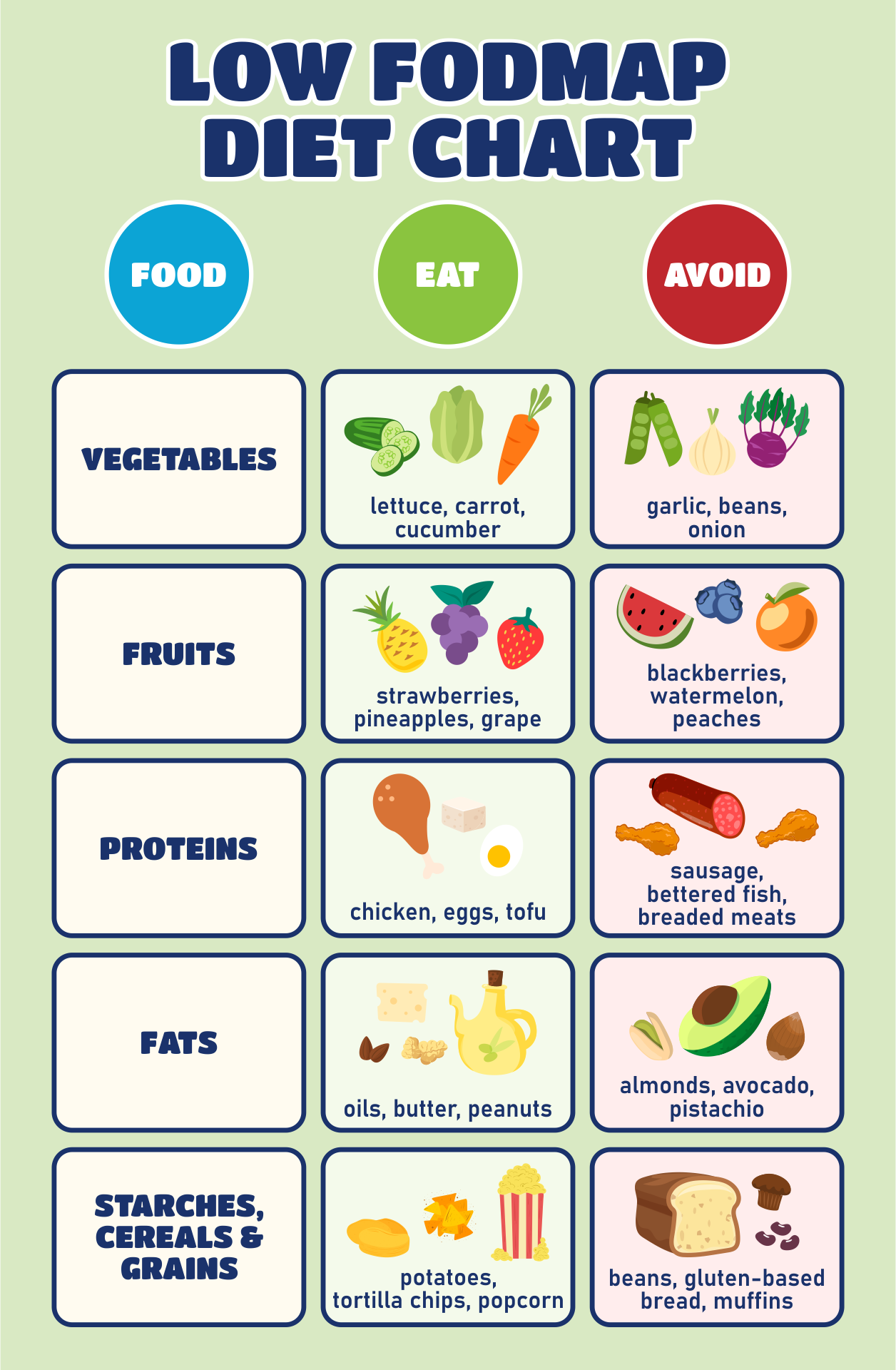
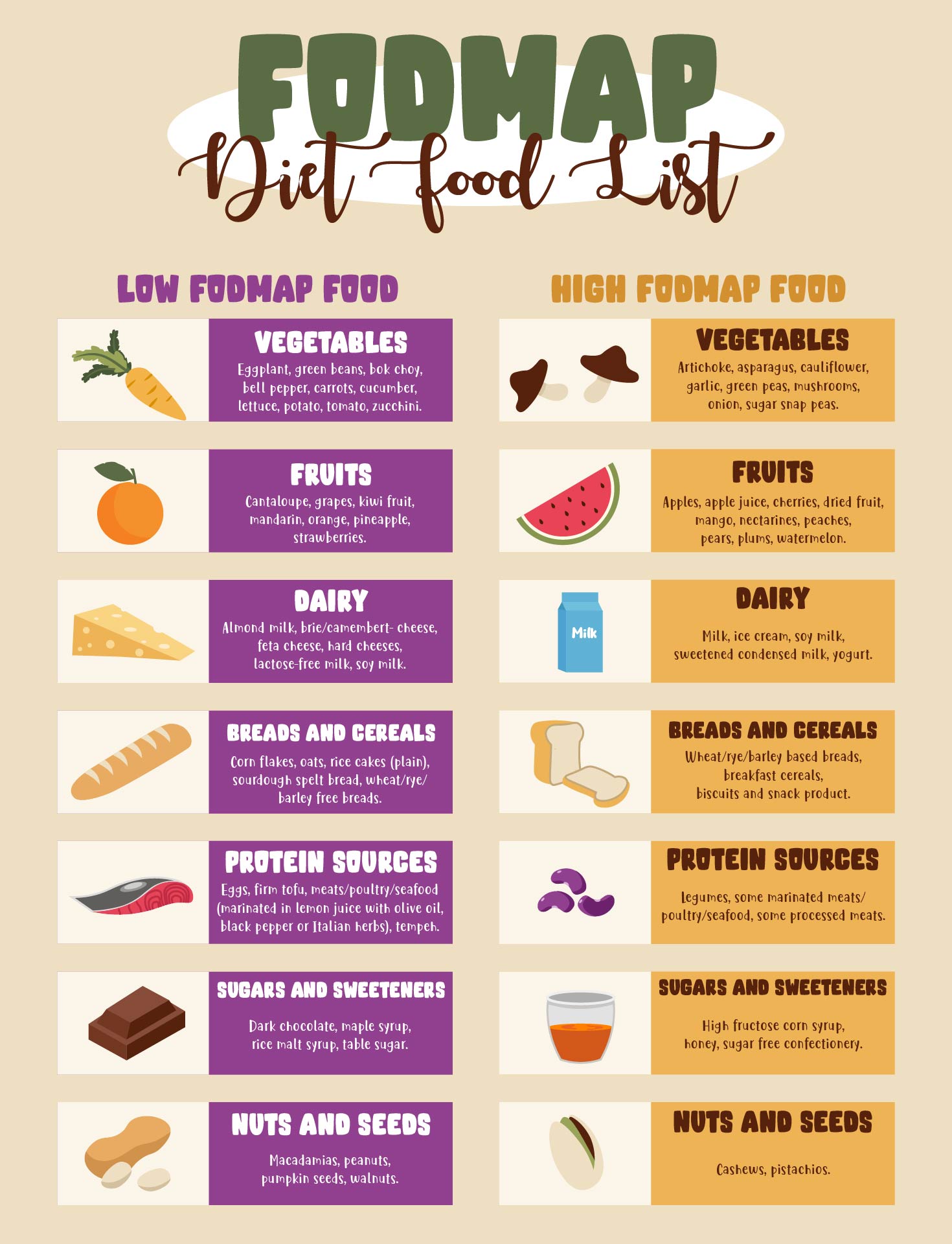
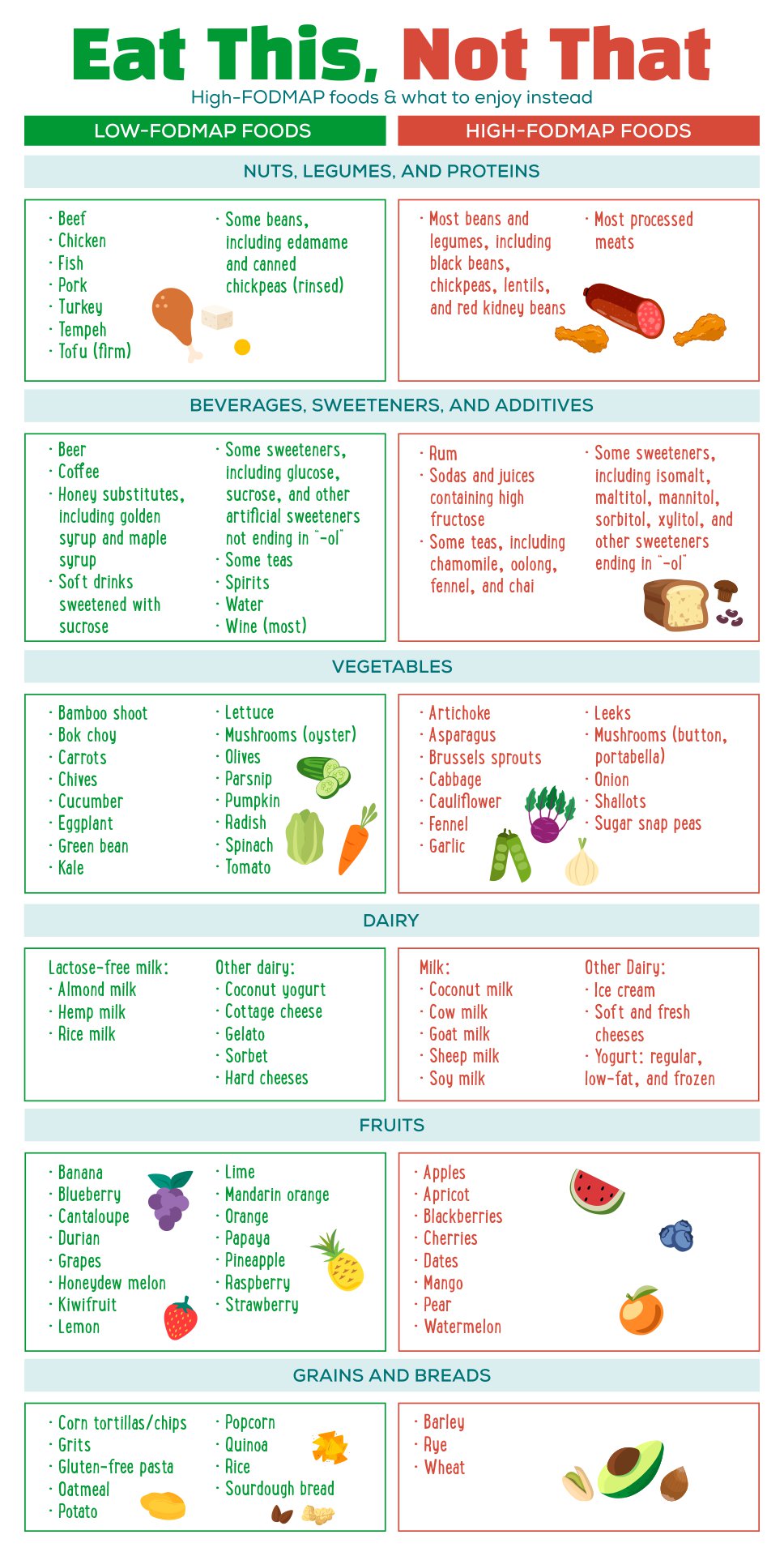
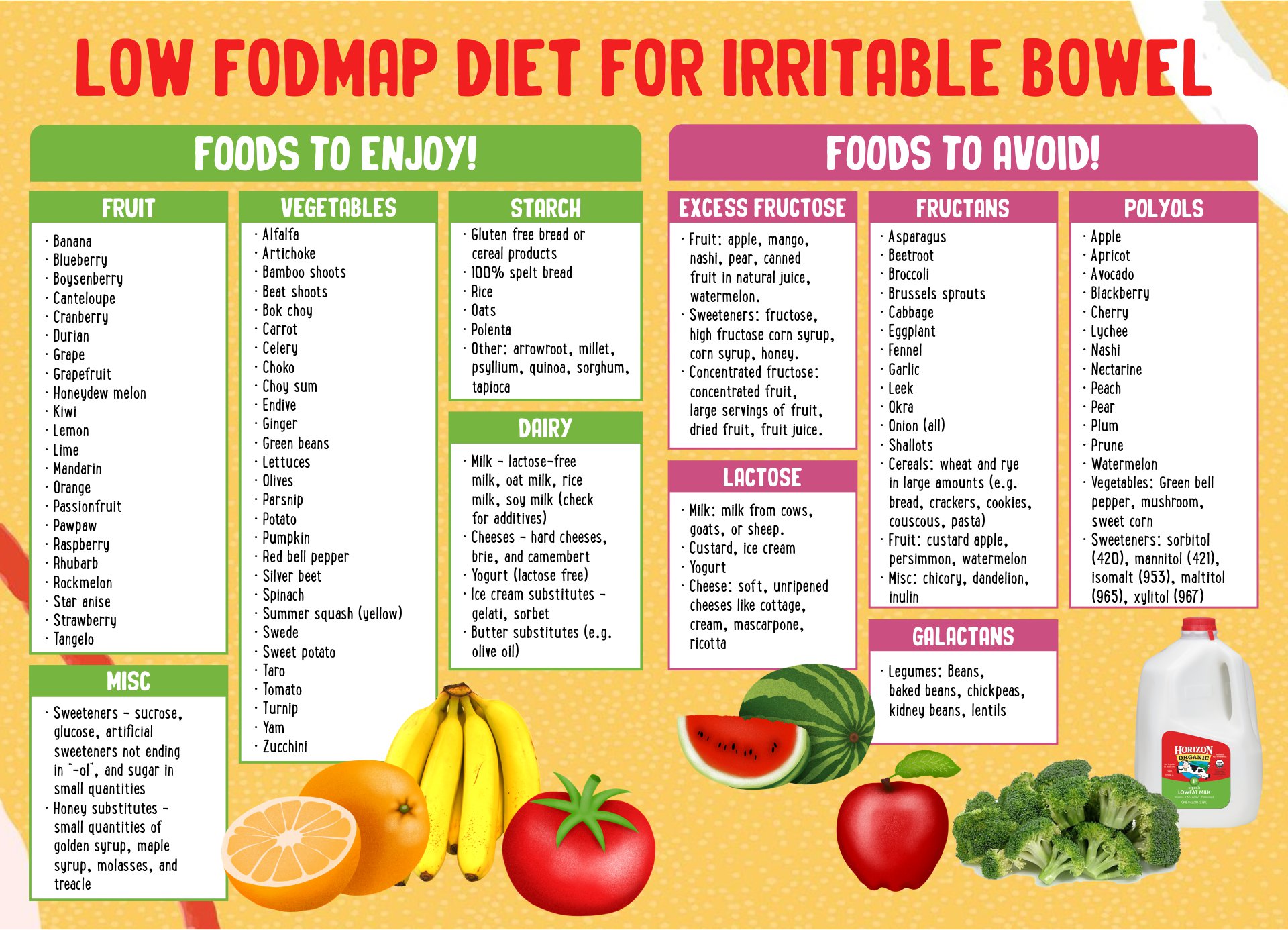
FODMAP is an acronym that stands for Fermentable Oligosaccharides, Disaccharides, Monosaccharides, and Polyols, which are types of carbohydrates that can be difficult for some people to digest. A low FODMAP diet is often used to help manage symptoms of irritable bowel syndrome (IBS) and other digestive disorders.
You will be asked to avoid foods that are high in these carbohydrates. Here are some examples of foods that are low in FODMAPs and can be included in your diet during the elimination phase:
Fruits: Berries, bananas, oranges, kiwis, melons, lemons, lime
Vegetables: Carrots, eggplant, green beans, lettuce, spinach, pumpkin, sweet potato
Proteins: Chicken, turkey, fish, eggs, tofu, tempeh, small portions of beef and pork
Grains: Gluten-free oats, rice, quinoa, buckwheat
Dairy alternatives: Lactose-free milk, almond milk, soy milk (unsweetened)
Nuts and seeds: Almonds, macadamia, pumpkin seeds, sunflower seeds
During the elimination phase, you should avoid foods high in FODMAPs, such as wheat, onions, garlic, high fructose fruits, and certain sweeteners.
The low FODMAP diet is a dietary intervention used to manage symptoms of irritable bowel syndrome (IBS) and other digestive disorders. The length of time it takes for the diet to work can vary depending on the individual and the severity of their symptoms.
The diet consists of two phases elimination and reintroduction. During the elimination phase, high FODMAP foods are removed from the diet for a period of 2-6 weeks. This period is essential to see if symptoms improve, it gives the gut time to heal and allows you to identify which FODMAPs are triggers for your symptoms.
After the elimination period, you will slowly reintroduce the FODMAPs back into your diet, one group at a time, to identify which ones trigger your symptoms and which ones you can tolerate. This reintroduction phase can take anywhere from a few days to several weeks to complete.
The low FODMAP diet is not a permanent diet and it's not recommended for long-term use. The goal is to identify which FODMAPs trigger your symptoms and to learn how to manage them in the long term.
In some cases, people may find that they can tolerate certain FODMAPs in small amounts, while others may need to avoid certain FODMAPs altogether. Ensure your FODMAP diet safety by seeking professional health.
Wellness and Prevention of FODMAP diet
The good phase of the FODMAP Diet
Have something to tell us?
Recent Comments
This FODMAPS Elimination Diet Printable is a helpful and practical tool to support my dietary journey. It provides clear guidance and ensures I stay on track without overwhelming me. Thank you for this great resource!
This FODMAPS Elimination Diet printable is a helpful tool for anyone looking to explore their dietary options and improve their well-being. Thank you for providing this valuable resource!
This FODMAPS Elimination Diet Printable has been a game-changer for me! It's simple, easy to follow, and has made such a positive impact on my digestive health. Highly recommended!